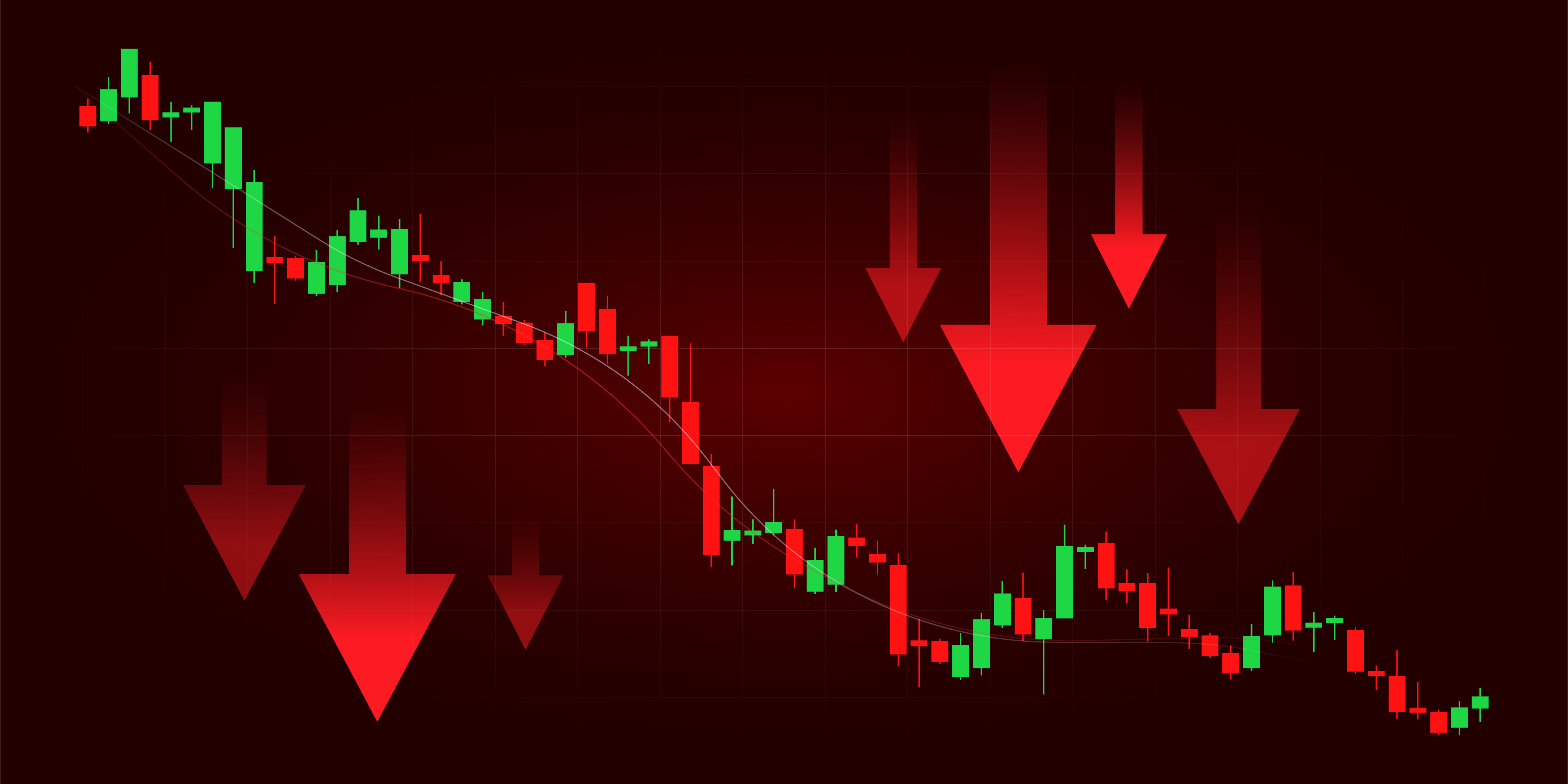Sell Pimco Total Return?
The world's biggest bond fund is no longer one of the best.

In 1987, a young bond-fund manager named Bill Gross launched Pimco Total Return (symbol PTTRX). And the rest, as they say, is history. Today, Total Return is the largest fund on the planet, with $285 billion in assets. From its inception through December 31, it returned an annualized 8.4%, beating the Barclays U.S. Aggregate Bond index by an average of 1.1 percentage points per year. In the sedate world of bonds, that's serious outperformance. In all, Gross's firm now oversees a total of $1.9 trillion.
But, as is so often the case with funds, Gross's very success has made it less likely that Pimco Total Return will shine as brightly in the future. If you own it, I recommend selling it. In my view, Total Return will be hard-pressed to perform better than the average bond fund in the future.
That is not to say that I expect Total Return to be a disaster. Gross has hired dozens of people as smart as he is to help run the fund. And he doesn't show any signs of losing his touch.
From just $107.88 $24.99 for Kiplinger Personal Finance
Be a smarter, better informed investor.

Sign up for Kiplinger’s Free Newsletters
Profit and prosper with the best of expert advice on investing, taxes, retirement, personal finance and more - straight to your e-mail.
Profit and prosper with the best of expert advice - straight to your e-mail.
That's why Harbor Bond, a lower-cost clone of Total Return's no-load class D shares (symbol PTTDX), is still a member of the Kiplinger 25. But I think my colleagues are making a mistake in keeping the fund on their recommended list. (Editor's note: We will carefully review Harbor Bond and all the other funds in the Kiplinger 25 before we present a new version of our recommended list in the May 2013 issue of Kiplinger's Personal Finance. See the entire current list here.)
I'm down on Total Return for two main reasons. One has to do with the future of the bond market, the other with the the fund itself and the size of Gross's empire. The bigger problem is that Gross is managing too much money. Way too much. Probably more money than any manager has ever run before. Morningstar lists him as the manager of Pimco Total Return and various clones of Total Return, such as Harbor Bond. All told, those funds hold $325 billion. Gross also manages Pimco Low Duration (symbol PLDDX), which holds $24 billion and Pimco Total Return ETF (symbol BOND), an exchange-traded version of Total Return that contains $4 billion.
That girth means Gross is managing more money than some of the bond sectors Total Return and Co. invest in; the mutual fund alone now has roughly 20,000 holdings!
Think that doesn't make a difference? Look at how Pimco Total Return ETF, which was launched in 2012, has been beating the pants off its mutual fund cousin. In the second and third quarters, the fund returned 6.0%; the ETF, which began with $100 million in assets, returned 8.3%.
Gross is like a highly skilled boxer who is fighting with one hand tied behind his back. In the past, he could beat his peers by making big-picture calls on the bond market, as well as by investing in individual undervalued bonds. Today, the mutual fund is so immense that the bond-picking skills he and his Pimco comrades bring to bear simply can't make enough of a difference to matter.
The other problem that Gross and all bond-fund managers face is that the 30-year bull market in bonds is drawing to a close. I don't know whether it will end tomorrow or two years from now (or may even have ended already). But with the ten-year Treasury yielding only about 1.8%, it is becoming increasingly difficult to earn any more than the coupon by investing in long-term Treasuries and investment-grade corporate bonds.
Smart bond managers, including Gross, are curtailing their exposure to longer-term bonds. Instead, they're betting on making money by picking undervalued, corporate high-yield bonds, non-government-backed mortgage securities and emerging-markets debt. Pimco Total Return can turn a profit in these sectors, but smaller and more nimble funds will have a much easier time of it.
The kind of top-of-the-charts performance that we associate with Gross and Total Return is no longer a sure thing. Although Total Return performed well in 2012, returning 10.4% and placing in the top 12% of the intermediate-bond-fund category, it had a miserable 2011. That year, it earned 4.2%, which landed it in the bottom 13% of its category, according to Morningstar. The last time that Total Return ranked so poorly among its peers was, well, never.
So, my question is, why take the chance on a fund with such big question marks hanging over it when many better funds -- including some from Pimco -- are available?
Steven T. Goldberg is an investment adviser in the Washington, D.C. area.
Profit and prosper with the best of Kiplinger's advice on investing, taxes, retirement, personal finance and much more. Delivered daily. Enter your email in the box and click Sign Me Up.

-
 Dow Sinks 301 Points on Trade War Talk: Stock Market Today
Dow Sinks 301 Points on Trade War Talk: Stock Market TodayThe contentious relationship between the world's two biggest economies continues to drive global financial markets.
-
 Top Places to Park $10K (or More) as Rates Start to Fall
Top Places to Park $10K (or More) as Rates Start to FallWith more rate cuts upcoming, here are some smart places to maximize your savings on $10,000.
-
 ESG Gives Russia the Cold Shoulder, Too
ESG Gives Russia the Cold Shoulder, TooESG MSCI jumped on the Russia dogpile this week, reducing the country's ESG government rating to the lowest possible level.
-
 Like the Mutual Fund? Meet the ETF
Like the Mutual Fund? Meet the ETFBecoming an Investor Some portfolio managers are bringing their star power to exchange-traded versions of their funds. Also, four “nontransparent” ETFs to keep your eye on.
-
 Morningstar Fund Ratings Adopt a Stricter Curve
Morningstar Fund Ratings Adopt a Stricter Curveinvesting Morningstar is in the middle of revamping its fund analysts' methodology. Can they beat the indices?
-
 Market Timing: The Importance of Doing Nothing
Market Timing: The Importance of Doing NothingInvestor Psychology Investors, as a whole, actually earn less than the funds that they invest in. Here’s how to avoid that fate.
-
 Commission-Free Trades: A Bad Deal for Investors
Commission-Free Trades: A Bad Deal for Investorsinvesting Four of the biggest online brokers just cut their commissions to $0 per transaction. Be careful, or you could be a big loser.
-
 Vanguard Dividend Growth Reopens. Enter at Will.
Vanguard Dividend Growth Reopens. Enter at Will.investing Why you should consider investing in this terrific fund now.
-
 Health Care Stocks: Buy Them While They're Down
Health Care Stocks: Buy Them While They're Downinvesting Why this sector should outperform for years to come
-
 Buy Marijuana Stocks Now? You'd Have to Be Stoned.
Buy Marijuana Stocks Now? You'd Have to Be Stoned.stocks Don't let your investment dollars go to pot